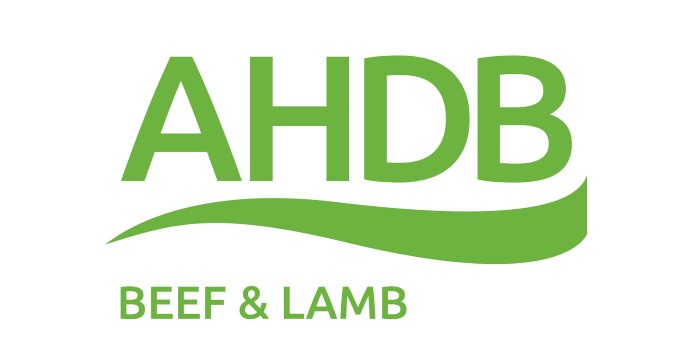The Agriculture and Horticulture Development Board (AHDB) has announced that it will be partnering with Scotland’s Rural College (SRUC) to embark on two new projects which will take the agricultural industry one step closer to eradicating Bovine TB (bTB).
Using recent AHDB research which identified significant genetic variations between resistant and non-resistant dairy cattle, AHDB and SRUC intend to develop a national database of genetic evaluations and a new state-of-the-art genomic prediction tool. This will enable farmers to identify natural resistance traits and make informed decisions about which cattle they choose to breed, depending on their resistance to Bovine TB.
Combatting Bovine TB is a national priority, manifested by the £100 million spent annually on disease surveillance, monitoring and non-genetic control. If accuracies of genomic predictions were improved, genetic improvement could contribute to a long-term reduction of this figure by reducing both infected and infectious animals on farm.
Michael Gove, the Secretary of State for the Environment, Food and Rural Affairs, reiterated the importance of eradication last week when he announced a review of the 25-year Bovine TB Strategy four years after it was first published.
The first of the two projects will be in partnership with the Centre for Innovation Excellence in Livestock (CIEL) and will focus specifically on dairy cattle. Innovate UK has granted AHDB and CIEL £360,000 of funding, which will enable them to buy the genotyping services required to genotype around 12,000 cattle.
“The additional funding provided by Innovate UK will allow a far greater number of cattle to be included in the database, ensuring greater accuracy when the improved genomic prediction tool is put into practice,” says Marco Winters, Head of Animal Genetics for AHDB Dairy. He added, “This project has game-changing potential for the dairy industry and is a further demonstration of how the industry is actively using genetics, as part of wider industry initiatives, toward a sustainable livestock sector.”
The second project, which is being co-funded with the Department for Environment, Food and Rural Affairs (Defra), will build on AHDB’s initial research on dairy genetic evaluations but instead focus specifically on beef cattle. This is a slightly more complicated project due to the number of different beef cattle breeds in comparison to dairy cattle, but could reap huge savings for livestock breeders.
Farming Minister, George Eustice MP, commented: “Bovine TB is a slow moving, insidious disease which presents many challenges. That is why we are taking strong action to deliver our 25-year strategy to eradicate the disease through tighter cattle measures, improved biosecurity and badger control in areas where the disease is rife.” He added, “Reducing the risk of disease entering a farm is crucial to end the devastation of bovine TB and that is why we have chosen to support this project which has the potential to lead to reductions in its incidence.”
Both projects are being undertaken by SRUC and new TB Advantage evaluations will be calculated by EGENES. Professor Mike Coffey from SRUC said “This is a major development in the battle against TB. It will increase data available for evaluations and create a new rich dataset for further research, leading to a reduction in cow-to-cow transmission of TB”
AHDB was keen to point out that, despite the potential of these projects, current disease control measures must continue to be adhered to as part of the UK’s Bovine TB eradication strategy.
The first of the two projects, focused specifically on dairy cattle, is scheduled to commence later this year. The beef cattle project, co-funded by Defra, is already underway.
In 2015, AHDB collaborated with industry partners including the NFU, the Animal and Plant Health Agency and Defra to launch the ‘TB Hub’, offering information and advice to farmers dealing with Bovine TB issues. And, in 2016, ‘TB Advantage’ was launched, a new genetic index of 650,000 animal records which helps identify resistant blood lines.


